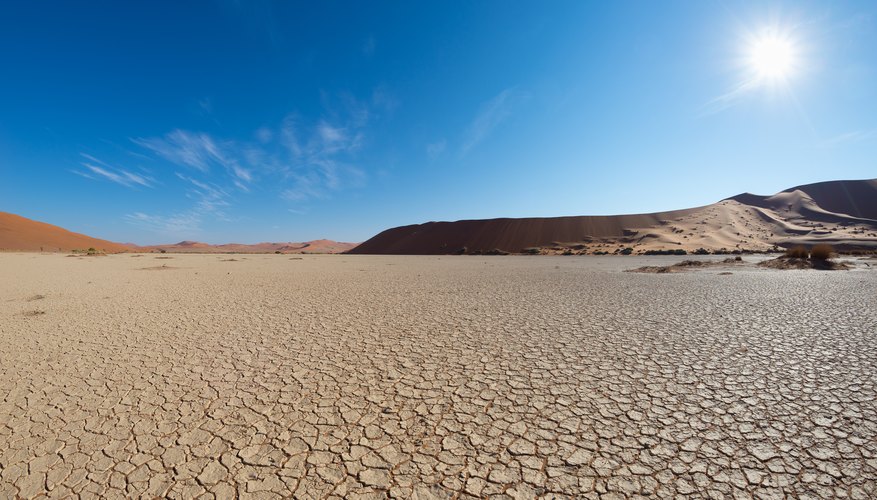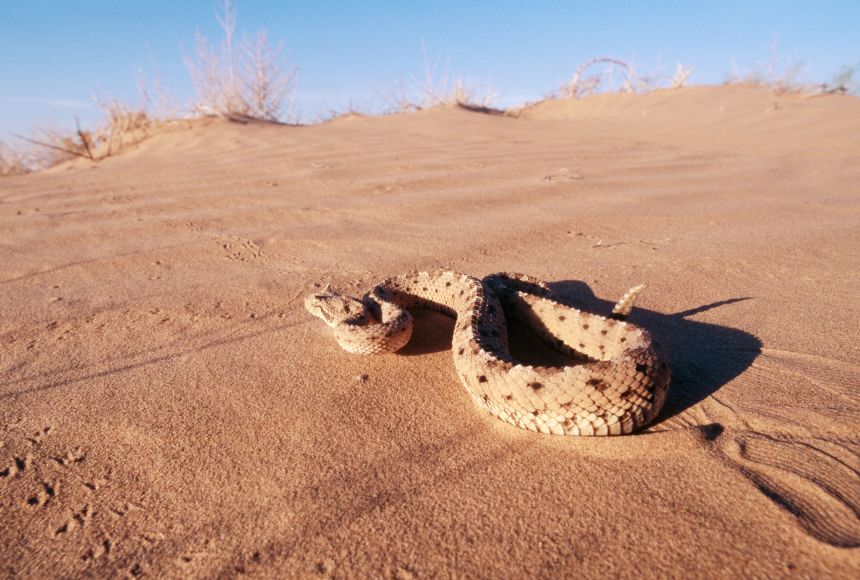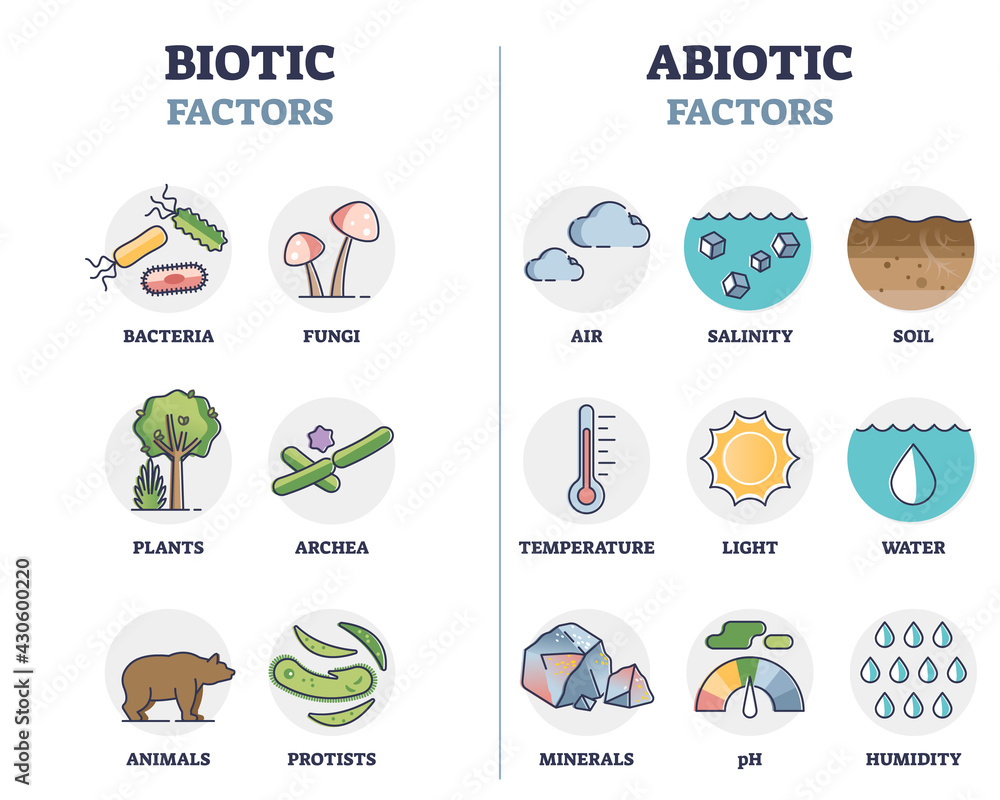Topic abiotic factors in the desert ecosystem: Discover the pivotal role of abiotic factors in the desert ecosystem, shaping the unique adaptations and biodiversity of this harsh, yet fascinating environment.
Table of Content
- What are the abiotic factors in the desert ecosystem?
- Understanding Abiotic Factors
- Climate and Temperature Variations
- Water Availability and Precipitation Patterns
- Soil Types and Composition
- Sunlight and Radiation Levels
- Wind Patterns and Effects
- YOUTUBE: Desert Ecosystem | Plants and Animals | EdZOOcating Adventures
- Desert Types: Hot vs. Cold Deserts
- Adaptations to Abiotic Conditions
- Impact of Abiotic Factors on Biodiversity
- Conservation and Management of Desert Ecosystems
What are the abiotic factors in the desert ecosystem?
The abiotic factors in a desert ecosystem include:
- Little rainfall: Deserts are characterized by very low precipitation levels. This lack of rainfall affects the availability of water in the ecosystem.
- High temperature: Deserts are known for their extreme temperatures, with scorching heat during the day and cold nights. The high temperatures influence the behavior, survival, and distribution of organisms in the desert.
- Soil: Deserts typically have sandy or rocky soil that is poor in organic matter and nutrients. This type of soil affects the types of plants that can grow in the desert ecosystem.
- Light: Deserts receive high levels of sunlight due to the lack of cloud cover. The intense sunlight impacts the photosynthesis and energy flow within the ecosystem.
- Wind: Deserts often experience strong winds, which can lead to erosion and influence the distribution of plants and other organisms in the ecosystem.
These abiotic factors create a unique environment in desert ecosystems, shaping the adaptations and survival strategies of the organisms that inhabit them.
READ MORE:
Understanding Abiotic Factors
Abiotic factors are the non-living components that shape ecosystems, playing a crucial role in the survival and development of biotic elements within an environment. In desert ecosystems, these factors include a range of physical and chemical elements that define the living conditions for plants and animals.
- Temperature: Deserts experience extreme temperature fluctuations, from scorching daytime heat to cold nights, affecting the survival strategies of organisms.
- Water: Scarce precipitation and low humidity levels challenge the water acquisition strategies of flora and fauna.
- Light: High levels of sunlight provide abundant energy, influencing photosynthesis in plants and behavior in animals.
- Soil: Varied soil compositions, from sandy to rocky, impact the types of vegetation that can thrive.
- Wind: Wind shapes the landscape, affects temperature and water loss, and plays a key role in seed dispersal.
Understanding these abiotic factors is essential for comprehending how life adapts to the harsh desert environment, revealing the resilience and adaptability of ecosystems under extreme conditions.
Climate and Temperature Variations
Deserts are renowned for their extreme climate and temperature variations, both daily and seasonally. These abiotic factors critically influence the living conditions and biodiversity in desert ecosystems.
- Day-Night Temperature Fluctuations: Deserts can experience drastic temperature changes from scorching daytimes to chilly nights due to the lack of humidity and cloud cover to retain heat.
- Seasonal Variability: While deserts are generally hot, seasonal variations can see temperatures ranging from near freezing in winter to over 100°F (38°C) in summer.
- Sunlight Intensity: High levels of solar radiation contribute to the desert"s heat but also provide essential energy for photosynthesis in plants adapted to this harsh environment.
- Rainfall Scarcity: Low precipitation is a defining characteristic of deserts, making water a critical and limiting abiotic factor for desert life.
This climate and temperature variation plays a pivotal role in shaping the unique adaptations of flora and fauna found in desert ecosystems, enabling them to survive and thrive in conditions that are inhospitable to most life forms.
Water Availability and Precipitation Patterns
In desert ecosystems, water availability and precipitation patterns are crucial abiotic factors that significantly influence the survival strategies of organisms. Deserts are characterized by their low rainfall, making water scarcity a defining feature.
- Rainfall Rarity: Deserts typically receive less than 250 mm (10 inches) of rain per year, often in unpredictable patterns, leading to prolonged droughts interspersed with brief, heavy rains.
- Flash Floods: When it rains, the hard, sun-baked ground cannot absorb water quickly, causing sudden and intense floods that reshape the landscape and create temporary water sources.
- Groundwater and Aquifers: In some deserts, underground water sources or aquifers can provide life-sustaining moisture for plants and animals, forming oases that support diverse life forms.
- Dew and Fog: In cooler desert regions, dew and fog can provide moisture for certain plants and animals, offering essential hydration during the early morning hours.
These varied water sources and precipitation patterns require desert organisms to have highly specialized adaptations for water conservation and utilization, underlining the critical role of water in shaping desert ecosystems.

Soil Types and Composition
The soil in desert ecosystems is as unique as the climate, influencing the types of vegetation and animal life that can thrive. Understanding the soil types and composition is essential for appreciating how life adapts in these arid regions.
- Sandy Soil: Predominantly found in deserts, sandy soil is well-drained but low in organic matter and nutrients, challenging plant life to adapt in order to survive.
- Clay Soil: In some desert areas, clay soil can hold more moisture than sandy soil, but its compact nature makes it hard for roots to penetrate.
- Saline Soil: High evaporation rates and low precipitation lead to the accumulation of salts in the soil surface, creating saline soils that are inhospitable to many forms of life.
- Rocky and Gravelly Soil: These soils offer minimal water retention and nutrient supply, demanding extreme adaptability from desert flora and fauna.
Despite these challenges, desert soils are not barren; they support a diverse range of life adapted to the harsh conditions, from hardy plants that can store water to microorganisms that fix nitrogen, enriching the soil.
Sunlight and Radiation Levels
The desert ecosystem is characterized by its high levels of sunlight and solar radiation, which significantly influence both the climate and the living conditions within these arid regions.
- Intense Sunlight Exposure: Deserts receive more sunlight than any other biome due to their clear skies and minimal cloud cover, offering abundant energy but also posing challenges for water conservation in plants and animals.
- UV Radiation: With high levels of ultraviolet radiation, desert organisms must adapt to protect themselves from DNA damage and other harmful effects.
- Solar Radiation and Temperature: The intense solar radiation contributes to the extreme temperatures observed in deserts, affecting soil temperature, evaporation rates, and the thermal regulation of desert-dwelling species.
- Photosynthesis Efficiency: The abundant sunlight is crucial for photosynthesis in desert plants, which have evolved various adaptations to efficiently use this energy while minimizing water loss.
This unique aspect of the desert environment drives the evolution of specialized adaptations among desert flora and fauna, enabling them to thrive under conditions of intense sunlight and radiation.

Wind Patterns and Effects
Wind plays a significant role in shaping the desert ecosystem, affecting its abiotic and biotic components. The constant movement of air influences various aspects of desert life and landscape.
- Erosion and Land Formation: Wind erosion is a key factor in shaping desert landscapes, creating unique formations such as dunes and eroded rock structures.
- Seed Dispersal: Wind aids in the dispersal of seeds, enabling plant species to spread across vast desert areas, which is crucial for the regeneration of plant life.
- Temperature Regulation: Winds can help moderate extreme temperatures, cooling the surface at night and during hot days, thus affecting the thermal environment for living organisms.
- Moisture Evaporation: Wind increases evaporation rates, impacting water availability and the hydration strategies of plants and animals.
- Pollination: In some desert plants, wind facilitates pollination by carrying pollen from one plant to another, supporting plant reproduction.
The effects of wind in the desert are multifaceted, influencing not only the physical environment but also the survival strategies of plants and animals adapted to these arid conditions.
Desert Ecosystem | Plants and Animals | EdZOOcating Adventures
\"Discover the wonders of the ecosystem in this captivating video! Immerse yourself in the diverse and interconnected web of life, and explore the intricate balance that sustains our planet\'s health and beauty.\"
The Desert Biome
\"Embark on a thrilling journey through the world\'s breathtaking biomes in this fascinating video! From lush rainforests to icy tundras, witness the unique landscapes and incredible adaptations that make each biome a true marvel of nature.\"
Desert Types: Hot vs. Cold Deserts
Deserts are diverse ecosystems that can be classified primarily into hot and cold deserts, each with unique abiotic factors and adaptations required for survival.
- Hot Deserts: Characterized by high temperatures during the day and significant drops at night, hot deserts such as the Sahara and the Arabian Desert have scarce water sources and sandy or rocky soil. Adaptations include nocturnal lifestyles and water conservation methods.
- Cold Deserts: Found in regions like the Gobi and the Great Basin, cold deserts have more precipitation than hot deserts but extremely cold winters. Soil can be more compact and may contain more organic material. Adaptations include growing close to the ground to avoid cold temperatures and utilizing snow as a moisture source.
This distinction between hot and cold deserts illustrates the versatility of desert ecosystems and the remarkable adaptations of flora and fauna to their specific abiotic conditions.

Adaptations to Abiotic Conditions
Organisms in the desert ecosystem have evolved a remarkable array of adaptations to survive the harsh abiotic conditions they face, such as extreme temperatures, scarce water, and intense sunlight.
- Water Conservation: Many desert plants, like cacti, have thick skins and specialized structures such as spines to minimize water loss, while animals may be nocturnal to avoid daytime heat.
- Temperature Regulation: Desert organisms have adaptations to manage the extreme temperature fluctuations, including burrowing underground where temperatures are more stable and altering body surfaces to reflect sunlight.
- Efficient Use of Resources: Desert flora and fauna exhibit efficient use of available resources; plants have deep or widespread root systems to collect water, and animals have diets adapted to maximize water intake from their food.
- Behavioral Adaptations: Behavioral strategies also play a crucial role, such as seeking shade during the hottest parts of the day and being active during cooler periods.
These adaptations are not only vital for the survival of individual species but also contribute to the overall functioning and resilience of desert ecosystems in the face of abiotic stresses.
Impact of Abiotic Factors on Biodiversity
Abiotic factors play a crucial role in shaping the biodiversity of desert ecosystems, influencing the distribution, behavior, and survival of species in these arid landscapes.
- Species Distribution: The availability of water, soil types, and temperature ranges significantly affect where plants and animals can thrive within the desert.
- Adaptive Strategies: Organisms in desert ecosystems have evolved unique adaptations to cope with extreme temperatures, scarce water, and intense sunlight, contributing to the diversity of life forms found in these areas.
- Ecosystem Productivity: Abiotic factors such as soil fertility and water availability directly impact the productivity of desert ecosystems, limiting the types and quantities of vegetation that can grow.
- Community Dynamics: Variations in abiotic conditions lead to the formation of distinct ecological niches, fostering a diverse range of habitats within the desert, from sand dunes to rocky outcrops and oases.
Understanding the impact of abiotic factors on biodiversity helps in the conservation of desert ecosystems, emphasizing the importance of preserving these unique environments for future generations.

READ MORE:
Conservation and Management of Desert Ecosystems
The conservation and management of desert ecosystems are critical for preserving their unique biodiversity and the services they provide to humanity and the planet.
- Water Resource Management: Implementing sustainable water use practices to protect underground aquifers and surface water sources from overexploitation.
- Land Use Planning: Balancing development needs with the preservation of desert habitats to prevent habitat loss and fragmentation.
- Restoration Projects: Rehabilitating degraded desert areas through reforestation and the reintroduction of native species to restore ecological balance.
- Climate Change Mitigation: Addressing the impact of climate change on desert ecosystems by developing strategies to enhance resilience and adaptability of these systems.
- Public Awareness and Education: Increasing awareness about the importance of deserts and their ecological role through education and community involvement in conservation efforts.
Through these efforts, we can ensure the sustainability of desert ecosystems, preserving their beauty and ecological importance for generations to come.
In exploring the abiotic factors of desert ecosystems, we uncover the intricate balance and resilience of these environments, highlighting the importance of their preservation for biodiversity and future research.






